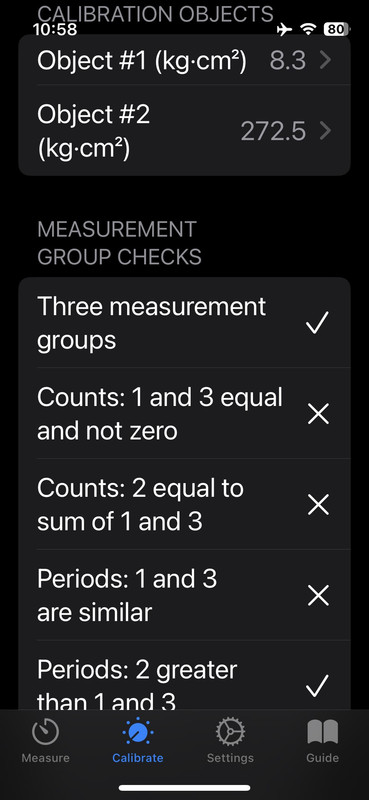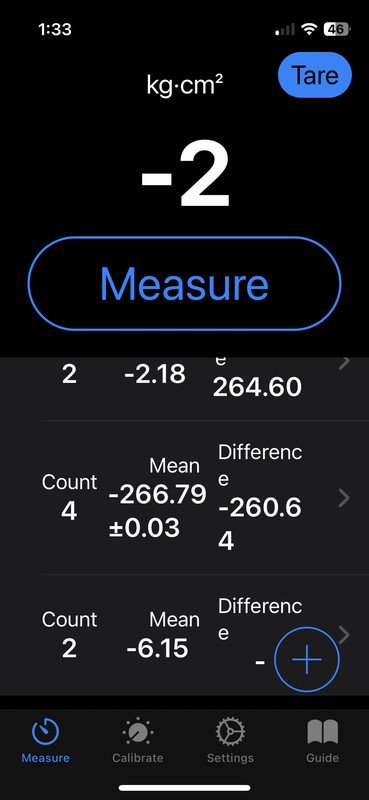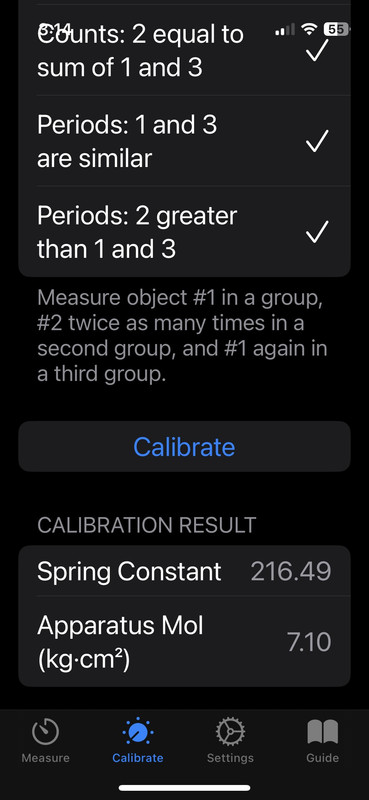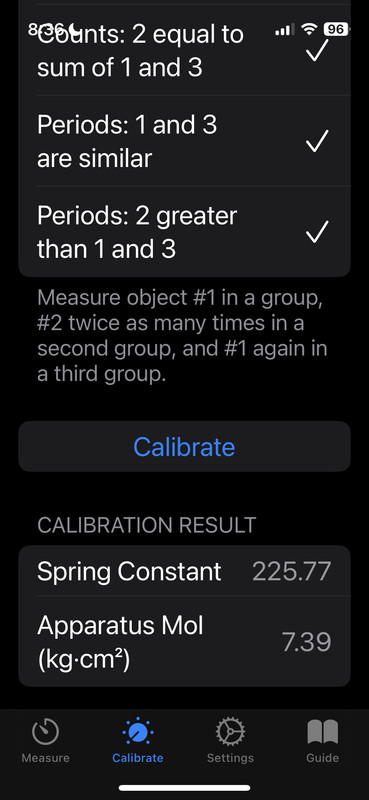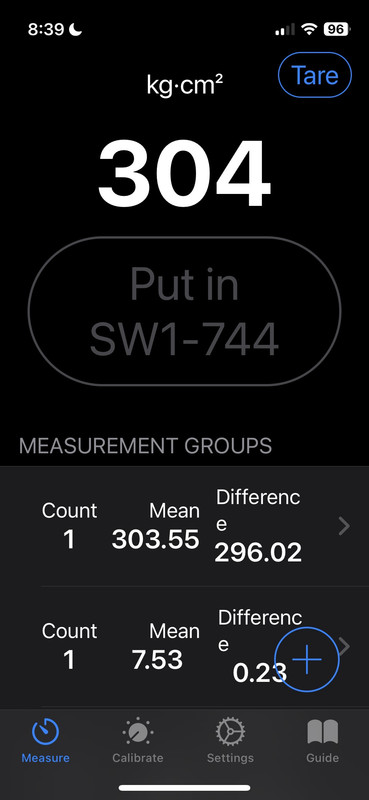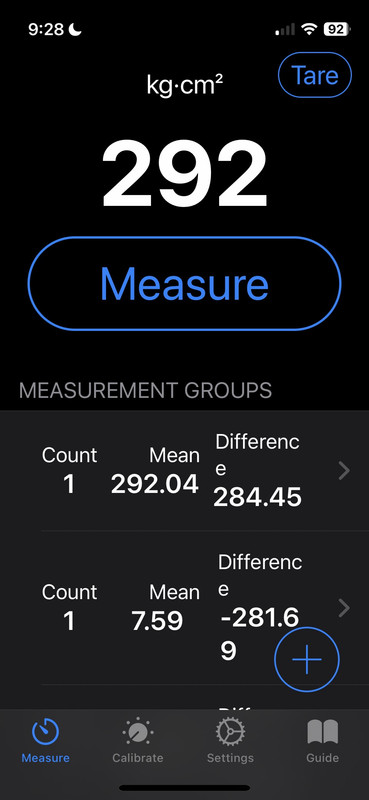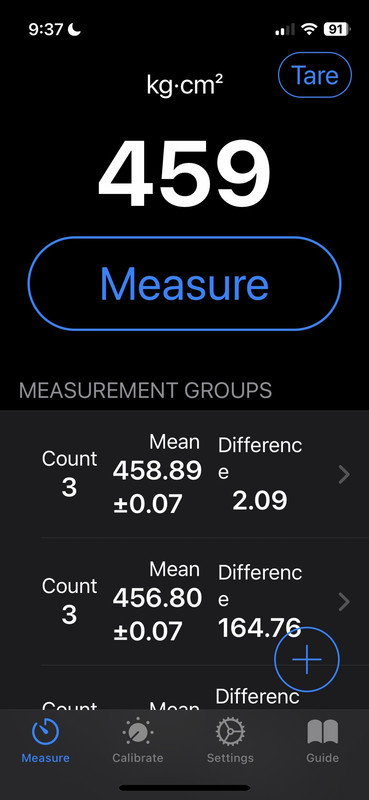Shroud
G.O.A.T.
I have 2 racquets that weigh withing .1g of each other with one being 386.9 and the other being 387g. I used 2 scales and the head weight and the tip weight are identical except for the .1g. I can live with that, but does that mean the swingweights are close? Guessing not because the lead is in different places. Some has more at 12pm, etc. Is there a method to match swingweights, or is it close enough? I think I saw Irvins method but thought it was too complicated or needed wood, or both.

